Floods are a natural part of our weather cycle, but can greatly impact our way of life. It helps to know the types of flooding that could occur, and how they might impact you.
Types of flooding
Flooding can happen in different ways depending on where you live.
Stormwater flooding
When heavy rain exceeds the capacity of the drainage system, water can spill onto the streets. Stormwater flooding is common in built-up areas, and can happen quickly without much notice.
Waterway flooding
Heavy or prolonged rain can cause rivers and creeks to overflow into neighbouring areas. Floodwaters can rise slowly and last for days, cutting off communities.
Coastal flooding
High tides and storms can combine to push seawater inland, affecting beaches and coastal towns. As sea levels continue to rise, some low-lying areas may regularly flood.
Impacts of flooding
Floods can have wide-ranging and long-term consequences for the community. The impacts are estimated to cost $735 million a year, and include:
- damage to homes and infrastructure
- road closures, traffic jams and disruption to services
- social and personal costs, such as loss of possessions, stress and illness.
Flooding can also harm the environment, eroding shorelines and carrying litter into rivers and creeks. It can take time for them to recover, affecting the people and businesses who rely on them.
You can limit the damage by taking simple actions in advance to prepare for flooding.
Impacts by flood type
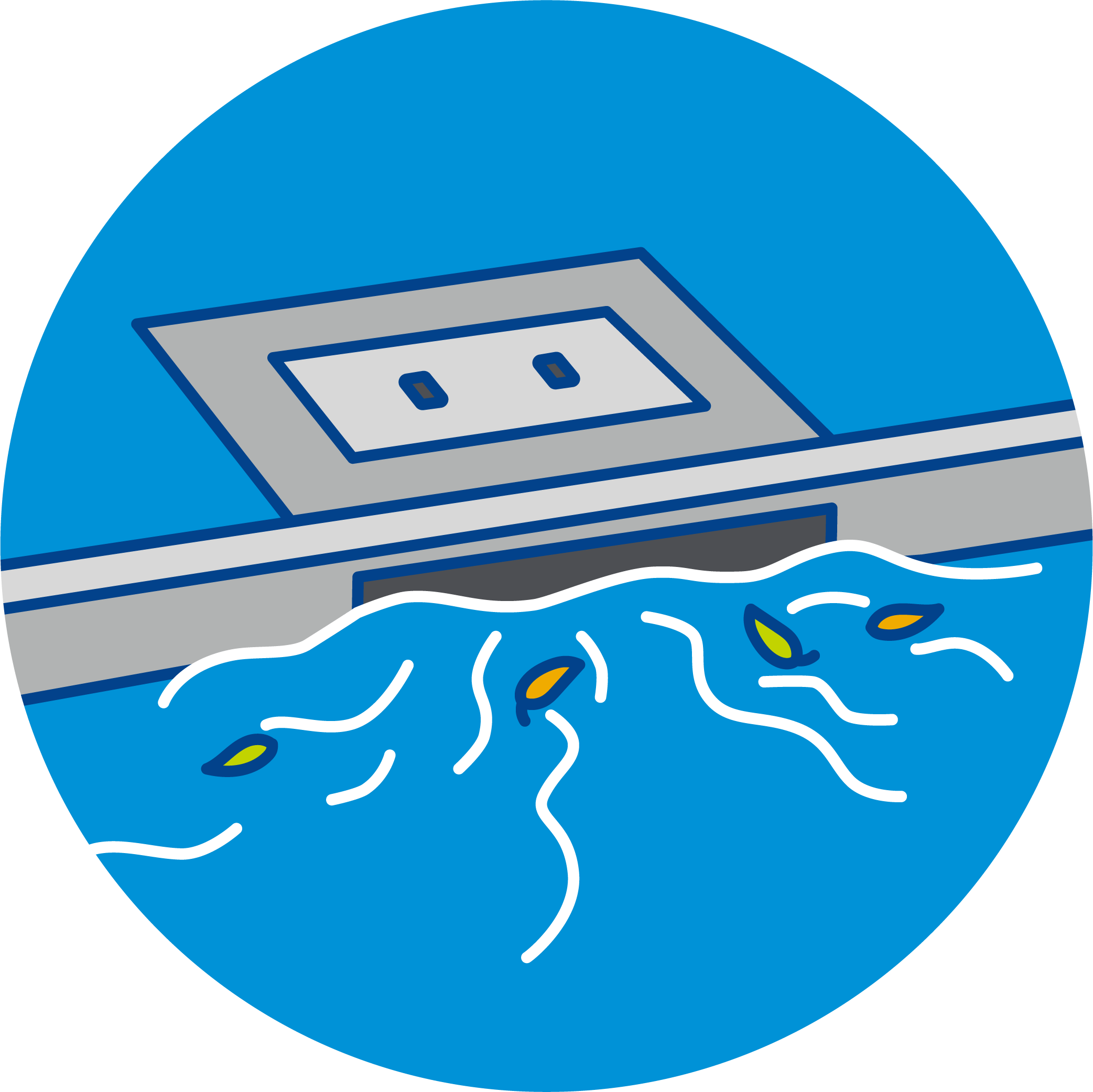 Stormwater flooding
Stormwater flooding-

Alex lives in South Melbourne, where stormwater floods are common after heavy rain. During storms, they know to avoid driving near the Montague Street and York Street bridges, because cars often get stuck in the floodwater under the bridges. The floodwater can appear quickly and with little notice.
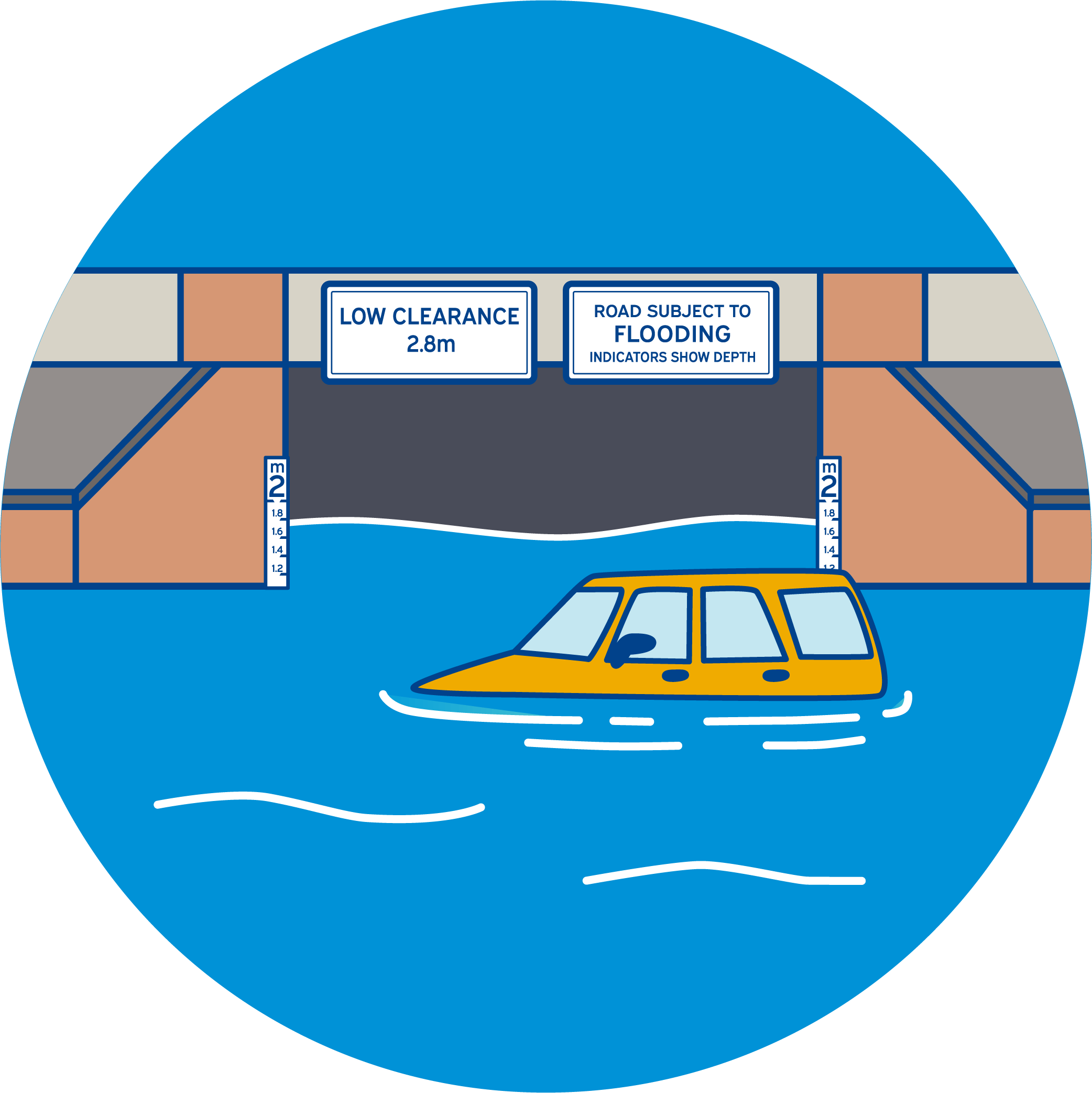
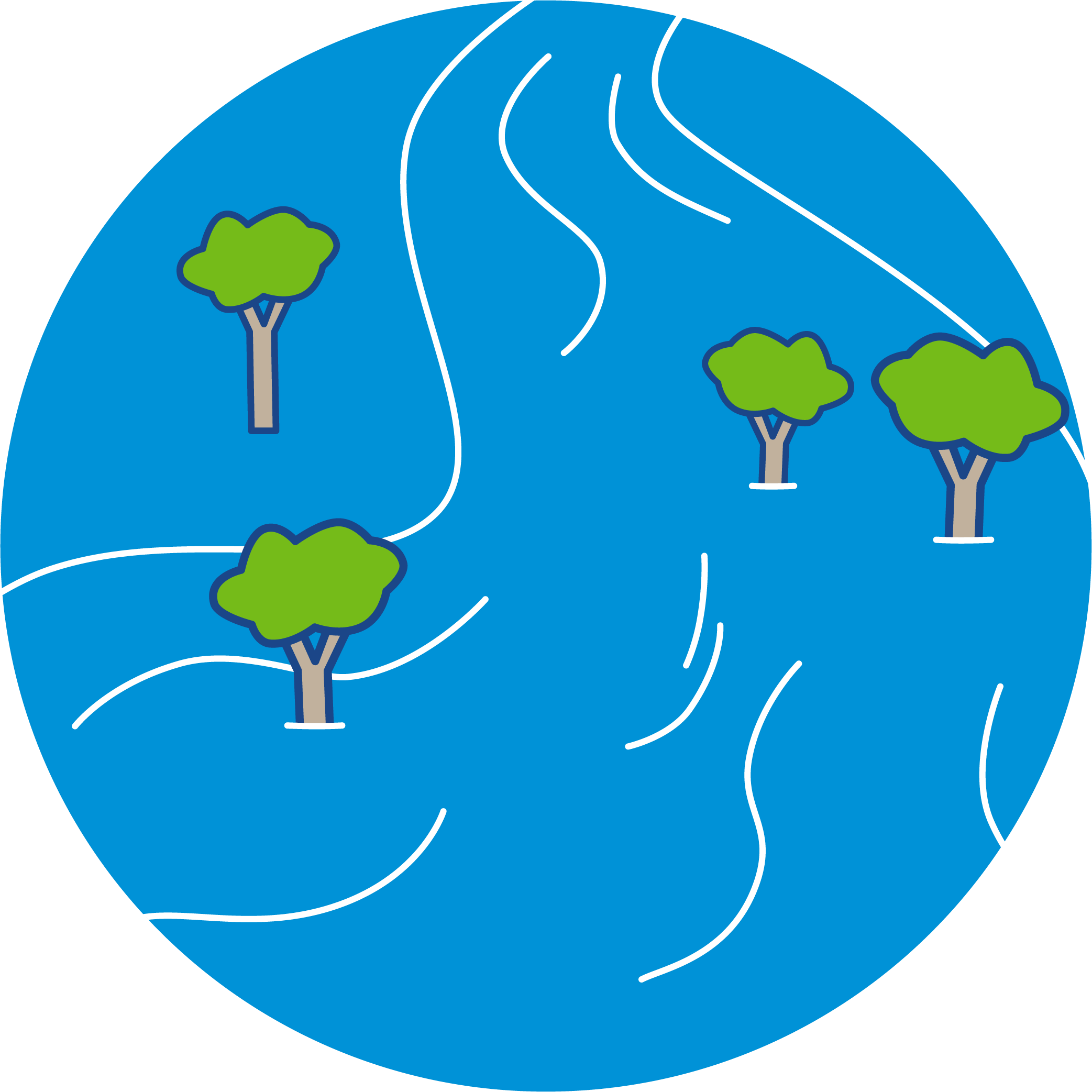 Waterway flooding
Waterway flooding-

Carolina lives in Warrandyte, a suburb along the Yarra River that is prone to flooding after days of heavy rain. She keeps track of river levels during storms and knows that some local roads, like Yarra Street, can become blocked. When flood warnings are issued, she moves valuables to higher shelves and checks emergency updates in case she needs to leave early before roads are cut off.

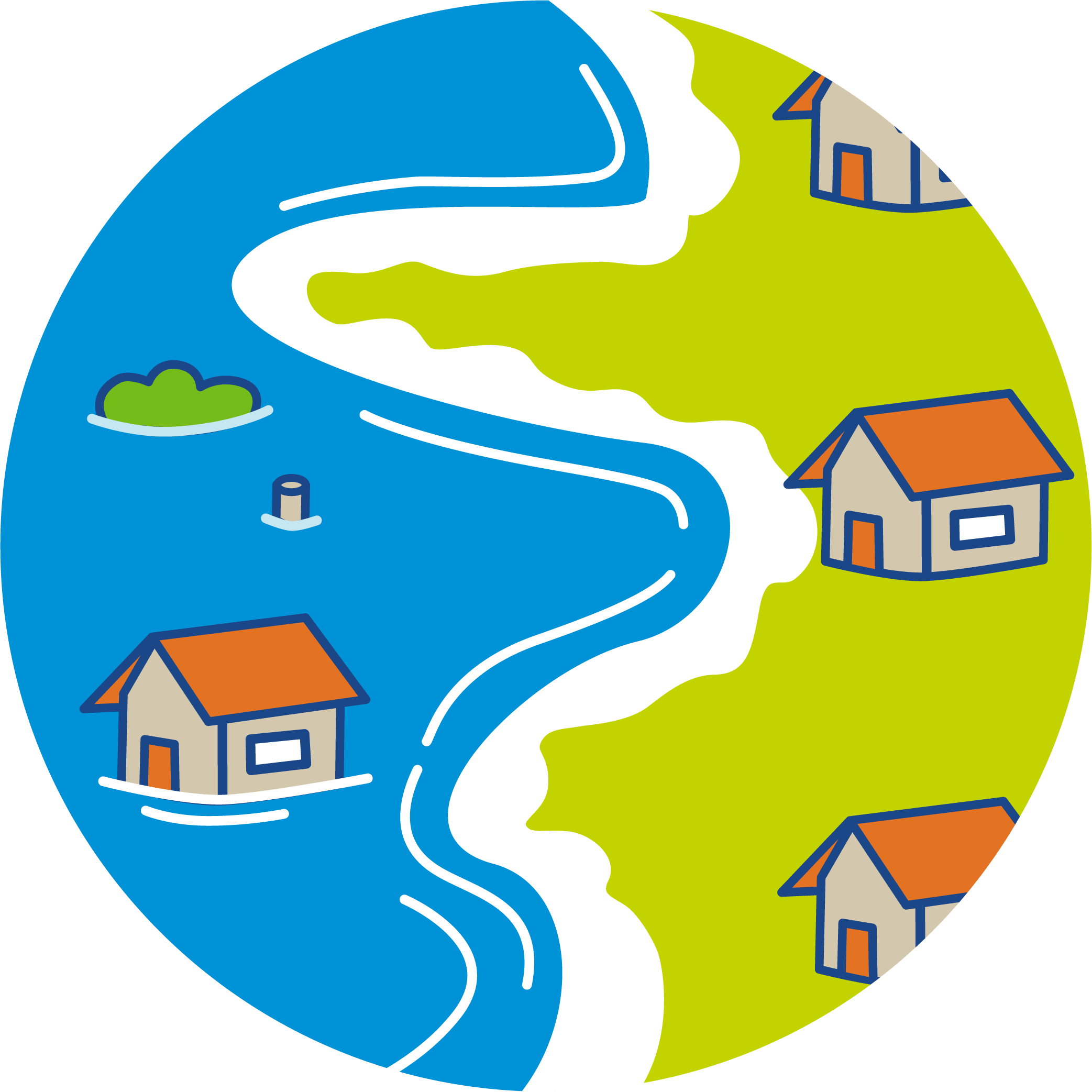 Coastal flooding
Coastal flooding-

Tom lives in Seaholme. When a storm occurs during a very high tide and southerly winds, sea water can come over the wall next to the beach. He follows weather updates, especially in winter when strong winds and storm surges are more common. When heavy rain and high tides are predicted, he moves his car to higher ground and checks that his drains on his property are clear. If severe weather is expected, he also secures loose items in his yard and stays alert for emergency warnings.
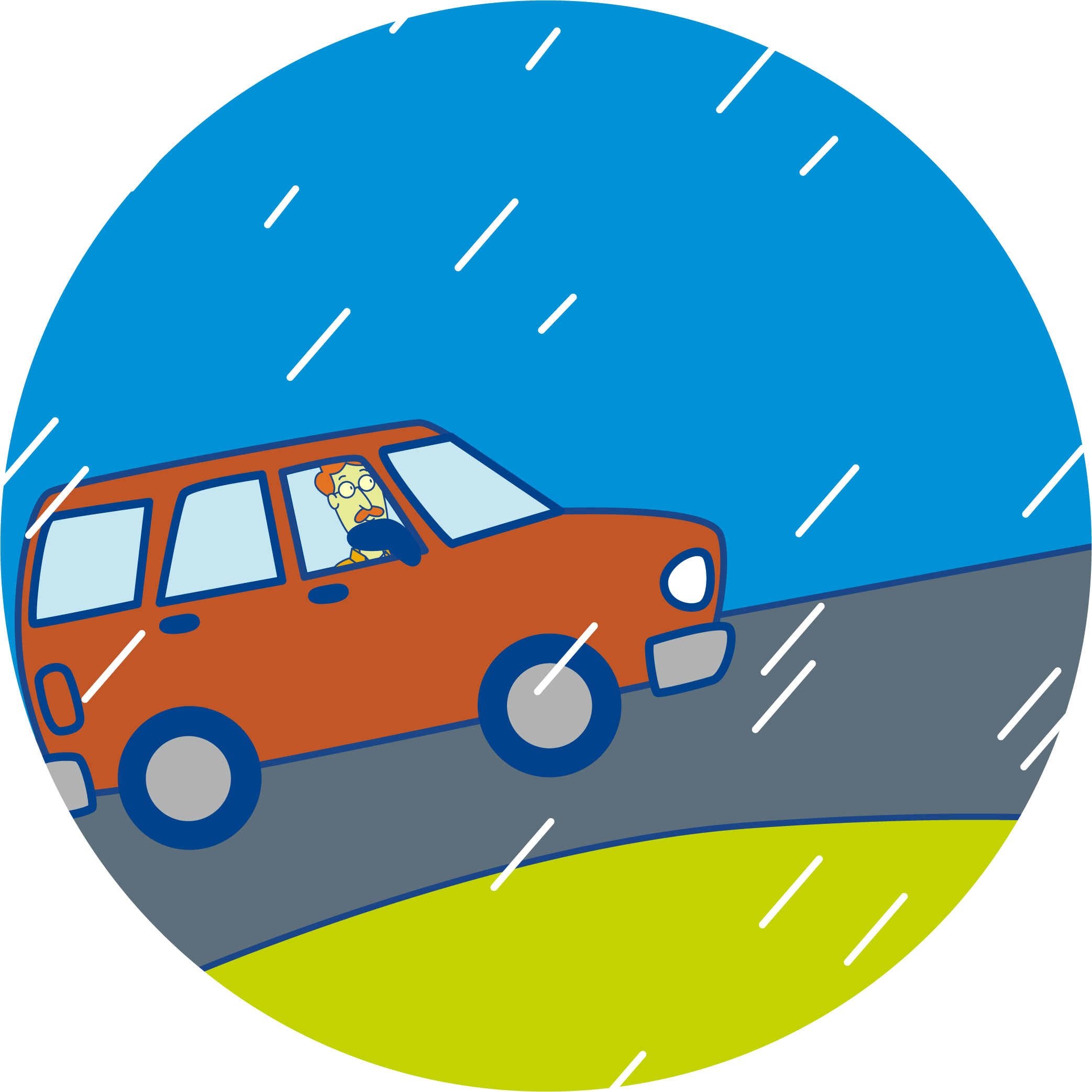
Impacts by property type
 Apartments and units
Apartments and units-
What can happen How to prepare Flooding in underground car parks can damage vehicles and belongings. Keep valuables off the ground.
Temporarily move vehicles to higher ground.Water leaks can cause mould and structural issues. Check for leaks and address damp spots early. Electrical hazards and pests are common after floods. Maintain drains and gutters and seal entry points to prevent pests entering.  Townhouses and semi-detached homes
Townhouses and semi-detached homes-
What can happen How to prepare Fast-moving water can carry debris, putting your safety at risk. Keep outdoor areas clear. Water can seep through walls, weakening structures and causing mould. Seal cracks and check for moisture buildup. Street flooding may cut off access by road or footpath. Have an emergency plan for road closures.
Temporarily move vehicles to higher ground.  Freestanding homes
Freestanding homes-
What can happen How to prepare Floodwater can reach power points and appliances, posing safety risks. Raise power points and install flood barriers. Waterlogged foundations can cause structural damage. Inspect and reinforce foundations before and after storms. Blocked roads and flooded driveways can leave you stranded. Keep emergency supplies on hand and plan alternative transport. Garages and carports located in lower areas may flood more easily. Temporarily move vehicles to higher ground.
Keep valuables in garages and carports off the ground.  Rural properties and farms
Rural properties and farms-
What can happen How to prepare Standing water can impact land available for crops and livestock. Improve drainage and move animals to higher ground. Floodwaters can wash away fences and roads may be cut off for long periods of time. Secure fences and plan alternative routes.
Stockpile essential supplies.Crops and machinery can be lost or damaged. Store damaged. Store equipment properly and consider insurance. Power outages and supply shortages are common. Set up a generator and stockpile essential supplies.
Managing flood risk
We can’t completely eliminate flooding, but we can minimise the risk and impacts.
Drains, retarding basins and other flood mitigation infrastructure can reduce the risk of flooding. But they’re not always the most practical or cost-effective option.
Effective flood mitigation uses multiple strategies, such as:
- community awareness to help people understand and prepare for floods
- planning controls to manage houses being built in flood-prone areas
- infrastructure upgrades and improvements, where possible
- buildings designed to withstand a flood.
Our approach prioritises high-risk areas so that our actions bring the most value to the community. Learn more about how we work with other organisations to manage flood risk together.
You may also like...
Prepare for flooding
By understanding your flood risk and taking a few simple actions, you can be prepared for flooding.
